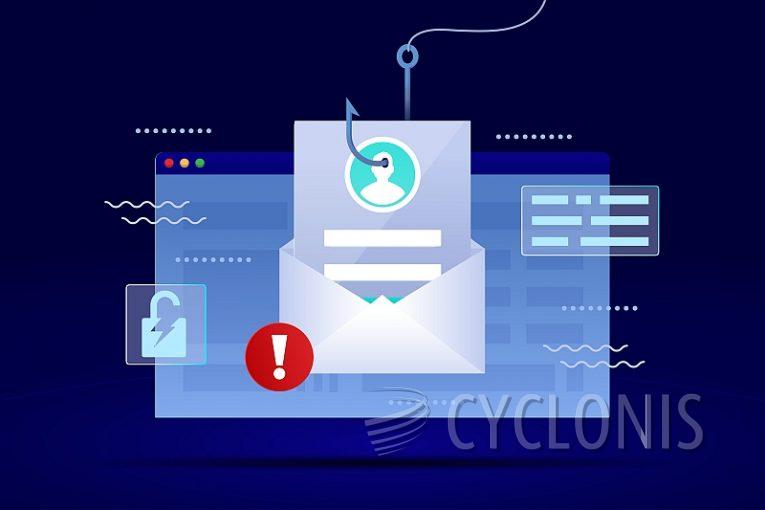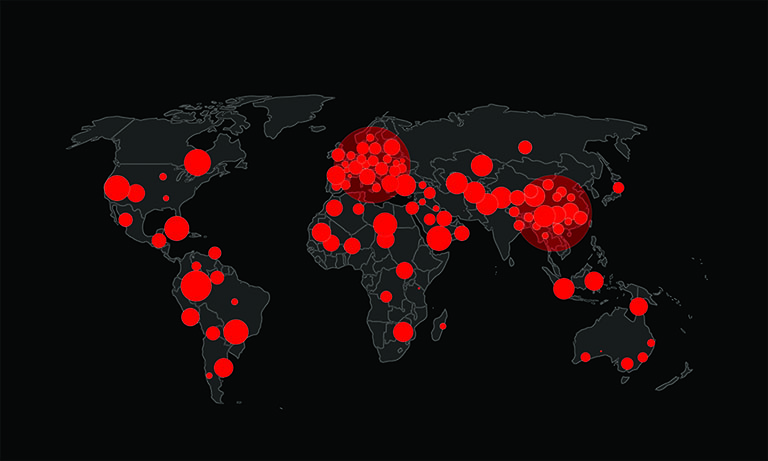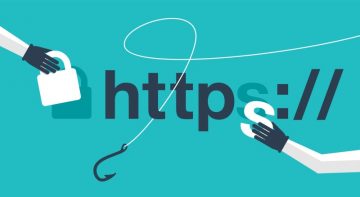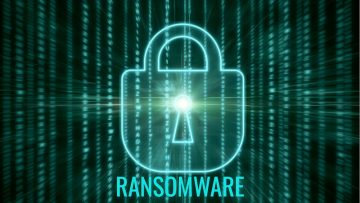Precision-Validated Phishing: The Next Evolution in Cyber Deception

Table of Contents
Understanding Precision-Validated Phishing
Precision-Validated Phishing (PVP) represents a sophisticated advancement in phishing tactics. Contrary to the traditional phishing, which casts a wide net with generic messages, PVP involves meticulously crafted communications tailored to specific individuals or organizations.
How PVP Differs from Traditional Phishing
Traditional phishing relies on mass-distributed emails with generic content, hoping to deceive a fraction of recipients. In contrast, PVP targets specific individuals, utilizing detailed personal or organizational information to create highly convincing messages. This targeted approach raises the likelihood of success, as the messages appear more legitimate to the recipient.
The Role of Advanced Technologies in PVP
The evolution of PVP is closely tied to advancements in technology. Cybercriminals now leverage artificial intelligence and machine learning to automate the creation of persuasive phishing messages. These technologies enable attackers to mimic writing styles, use appropriate language, and incorporate relevant details, making detection more challenging.
Implications of PVP for Cybersecurity
The emergence of PVP signifies a shift in the cybersecurity landscape. As phishing attacks become more personalized and convincing, traditional security measures may prove insufficient. Organizations must adapt by implementing advanced threat detection systems, conducting regular employee training, and fostering a culture of vigilance to identify and respond to these sophisticated threats effectively.
Strategies to Mitigate PVP Risks
To combat the risks associated with PVP, organizations should consider the following strategies:
- Enhanced Email Filtering: Utilize advanced email security solutions capable of analyzing message content and context to detect anomalies.
- Employee Education: Run regular training sessions to help employees recognize and report suspicious communications.
- Multi-Factor Authentication (MFA): Implement MFA to add another security layer, making it more challenging for attackers to gain unauthorized access.
- Regular Security Assessments: Perform periodic evaluations of security protocols to identify vulnerabilities and implement necessary improvements.
By adopting these measures, organizations can strengthen their defenses against the evolving threat of Precision-Validated Phishing.









